

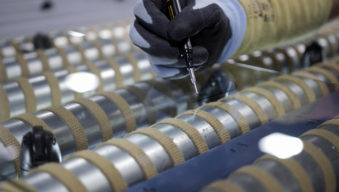
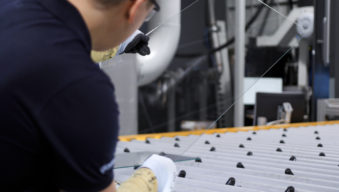
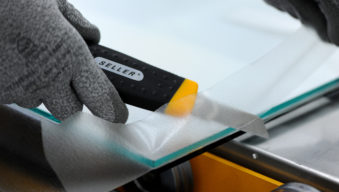






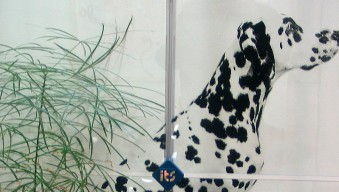

This latest #AskGlaston episode will cover two questions devoted to the issues of improving the production of special coated and patterned glass. 1. How can you improve the continuous production of 8 mm Low-E triple-layer silver-coated glass. 2. Glass has a deep and inconsistent pattern. It always seems to break while moving through the primary quench or during the first 60 seconds while it is in the secondary quench cycle. How can you improve the issue?

This latest #AskGlaston episode will answer two of your questions. 1. How to eliminate the rainbow effect and white smoke spots? 2. How to obtain consistent results from your tempering line?


This latest #AskGlaston episode will answer three of your questions. 1. How to reduce breakage in the quenching section? 2. What is the lifetime of a tempering line? 3. How to eliminate hot spots from tempered glass?


From time to time, I get a question from the glass structural engineers about specification advice on glass quality for high-profile facades. How they can make sure they will get the best possible or most suitable glass quality for their project? Many times, the question is: what is the best I can realistically get from the market?
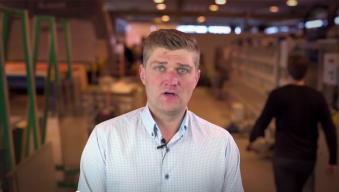

This is our second episode of #AskGlaston. Today, we’ll cover an interesting topic that glass users and processors question from time to time. Which has the best quality: tempered or heat-strengthened?
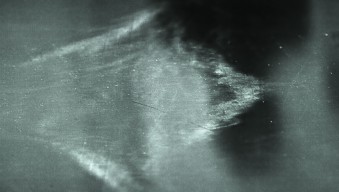
Manchas brancas no vidro temperado são um defeito que precisa ser corrigido imediatamente. Leia mais sobre o que são manchas brancas e como removê-las.
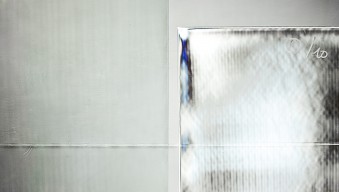
One of the most burning topics in the glass industry is whether anisotropy is a defect or not? The industry is puzzled because of a lack of standardization. What can we do?
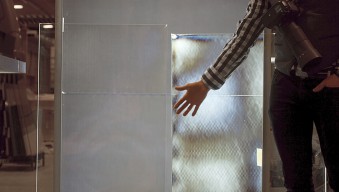
Markets demand increasingly more quality from glass suppliers. Sometimes, you can see weird strain patterns or rainbow-colored streaks in the glass, especially when viewed at a close angle and in polarized light. This is called glass iridescence. And here’s how to get rid of it.
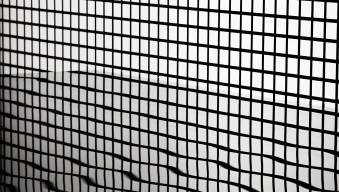
Problemas ópticos estão se tornando cada vez mais críticos como um tópico em projetos de fachada de alto nível. Defeitos ópticos são causados por dois motivos principais: ondulação do rolo e dobra da borda. Neste artigo, discutirei sobre a ondulação do rolo e como melhorá-la.
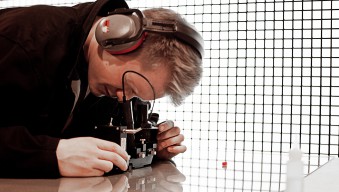
Since we are talking about safety, it is crucial that tempered glass is actually tempered when it is delivered to customers. Here’s a list of ways you can make sure you don’t need to recall your glasses.